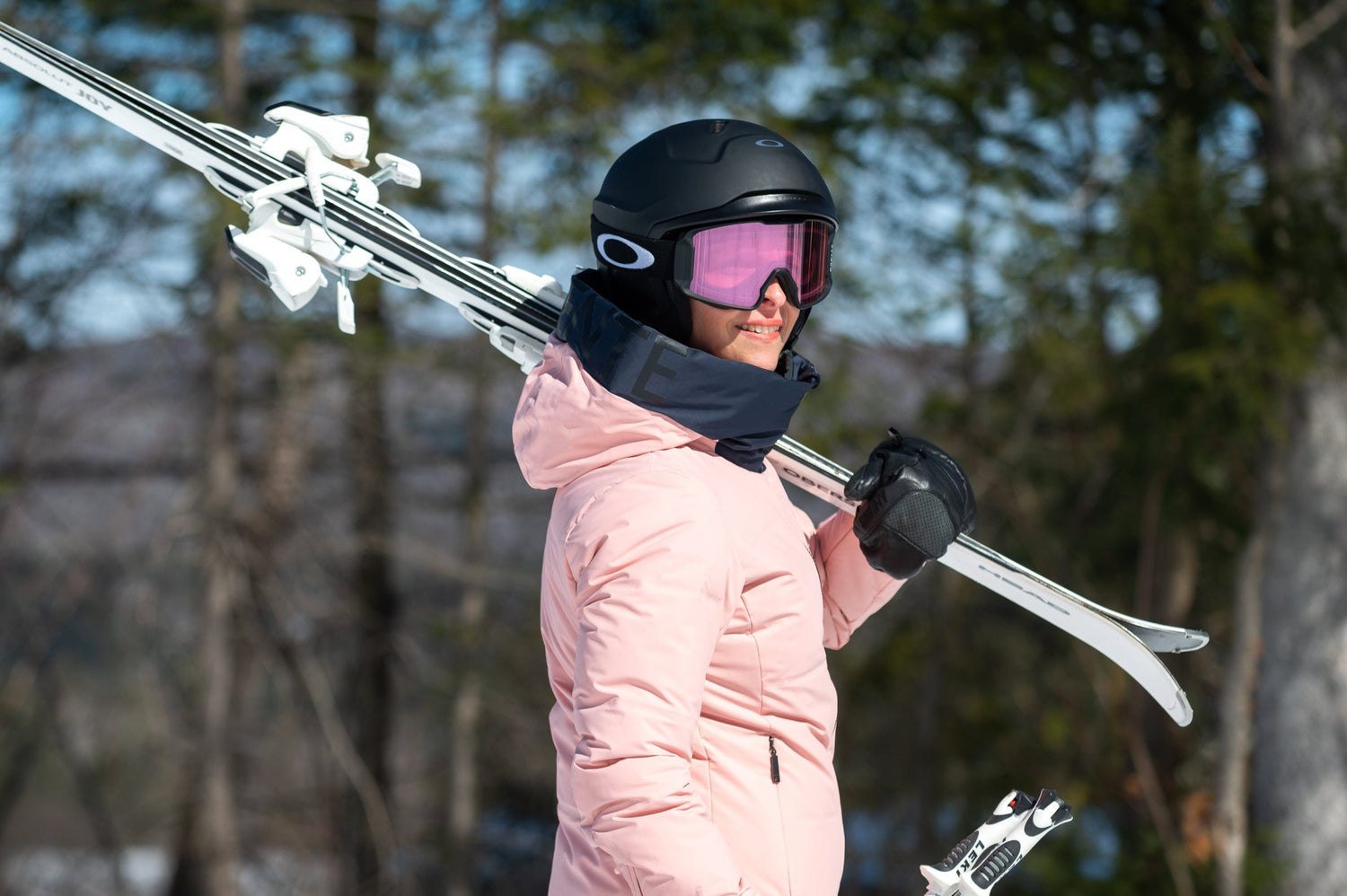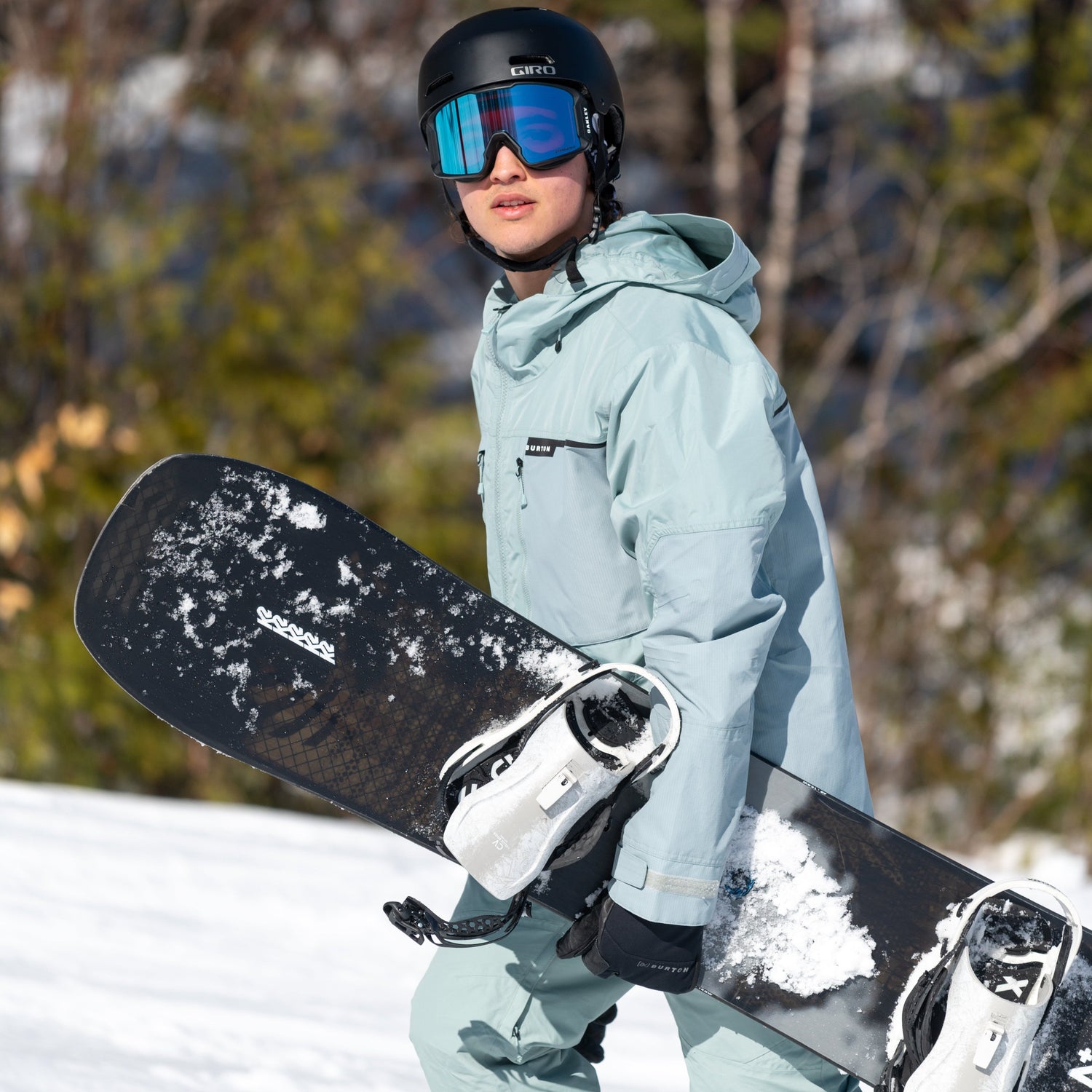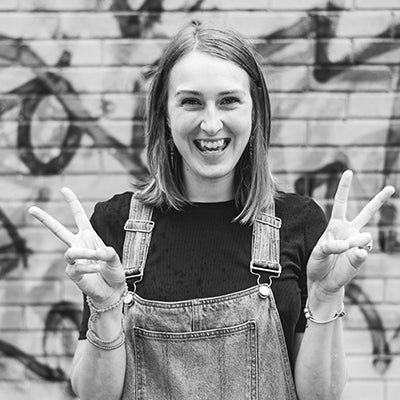Summer is in full swing! Biking, hiking, running, so many sports to do during this beautiful season but have you ever thought of getting your muscles ready for ski season right in the middle of July? Whether it’s for alpine or backcountry skiing, both disciplines require good muscle preparation several weeks before the season actually starts.
The purpose of this early training is to be able to properly prepare the body to adapt over a period of time. The most common mistake people make is to rush into training right before the season starts. For example, runner very rarely start their training by running 21-kilometers! This rushed training increases the risk of injury and mechanical stress.
Physical preparation in four stages
Although the physical preparation for the two sports is quite different in the movements chosen, the structure will be the same. For alpine, you need to work power and stability, while for backcountry, endurance, physical and cardiovascular capacity are targeted.
The purpose of this early training is to be able to properly prepare the body to adapt over a period of time. The most common mistake people make is to rush into training right before the season starts. For example, runner very rarely start their training by running 21-kilometers! This rushed training increases the risk of injury and mechanical stress..
During this preparation week, there are always four stages that vary depending on the number of weeks over which your training is spread out.

Stage 1: Accumulation
This is the phase that allows you to see the weaknesses in your training. Here, we need to develop volume which means more doing more reps with less weight. The exercises will focus more on unilateral movements, meaning they are performed with only one arm or one leg, etc.
Stage 2: Intensity
During the intensity stage, there will be less reps but more weight. The movements are focused on weaknesses and isolating certain muscles, therefore more static. Doing the chair against the wall and squats are good examples.
Stage 3: Second accumulation stage
The second accumulation stage serves to increase the volume of the first stage. The unilateral movements are still there but we add bilateral ones. It’s also during this stage that special techniques will be integrated to develop the movement’s speed and energy.
Stage 4: Awareness
This is the time to do less volume and intensity, because the season is coming! Also, since training can cause mechanical and emotional stress, this phase is a bit of a reward, a time to be aware all the work done and to feel good. The goal of the exercises will be to calm the body, regain energy and be ready to ski!
The structure for a 12-week preparation is to incorporate strength training four times a week and conditioning twice into your schedule. For a 16-week workout, there will be three days devoted to strength training and two to conditioning.
Yes, training months in advance may seem like a big commitment, but remember that working on your weaknesses while training will benefit you in all the sports you practice. It's an investment in your body, your well-being and the pleasure of being able to ski as much as you want this winter. Have fun training!
If you wish to continue your training or work on specific areas, visit Smith Coaching’s website. Enjoy!
You’ll find Smith Coaching’s fitness series once a month on our blog!



